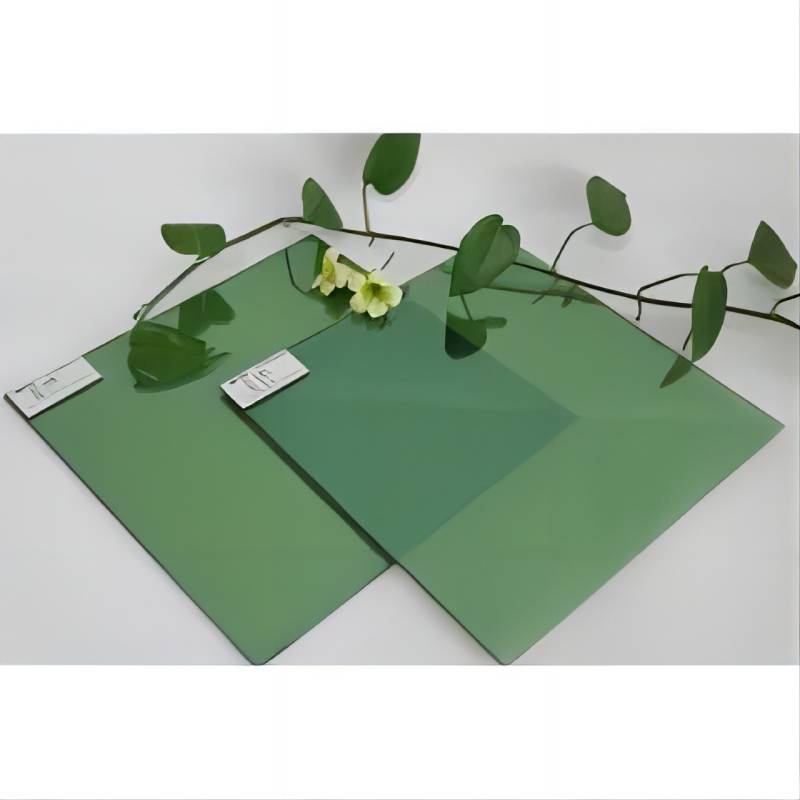The Aesthetic and Functionality of Fluted Architectural Glass
Fluted architectural glass has emerged as a prominent choice in modern architecture, combining aesthetic appeal with functional benefits
. Its distinct ridged surface not only enhances visual interest but also exemplifies innovative design principles that elevate contemporary structures.
Fluting, a design technique that has roots in classical architecture, is making a modern comeback. The parallel grooves can vary in depth and width, allowing architects and designers to customize the glass according to their requirements. This versatility makes fluted glass an ideal material for numerous applications, including windows, partitions, and facades. The ridges can create dynamic light interactions, casting intriguing shadows and softening harsh sunlight while maintaining transparency. This dual functionality is especially valuable in urban environments where natural light is at a premium but glare can be problematic.
One of the most significant advantages of fluted glass is its ability to provide privacy without sacrificing light. The textured surface diffuses the view, ensuring that personal spaces remain hidden from prying eyes while still allowing vibrant daylight to illuminate interiors. This characteristic makes it particularly suitable for office partitions, residential bathrooms, and even retail spaces where displaying merchandise is essential but discretion is needed.
Furthermore, fluted architectural glass contributes to energy efficiency. With advancements in glass technology, many fluted designs now include energy-efficient coatings that can reduce heat transfer, helping to regulate indoor temperatures and minimize energy costs. By integrating fluted glass into a building’s design, architects can meet sustainability goals while enhancing the visual aesthetics of the space.
fluted architectural glass
In terms of environmental impact, fluted glass is often made from recyclable materials, aligning with the growing demand for sustainable building practices. The production process can also be optimized to reduce waste, and when life cycles of buildings are considered, the use of durable glass can lead to lower maintenance costs and extended lifespans for various architectural elements.
The aesthetic appeal of fluted glass is not limited to its practical benefits. The texture creates a tactile quality that invites interaction and exploration. Many designers use it to establish a sense of movement and rhythm within a space, guiding visitors through a building while adding layers of depth. The interplay of light and shadow on fluted surfaces can transform a simple structure into a work of art, as the changing daylight reveals new patterns and textures throughout the day.
Moreover, fluted glass can be seamlessly integrated with other materials such as wood, metal, and concrete, offering architects the ability to craft unique and cohesive designs. This synergy not only enhances the building’s exterior but also contributes to its interior ambiance, blending different textural and visual elements harmoniously.
In conclusion, fluted architectural glass is more than just a design element; it is a multifunctional material that caters to both aesthetic and practical needs. By incorporating this innovative glass into architectural projects, designers can create spaces that are visually stunning, energy-efficient, and responsive to the needs of their occupants, ultimately enriching the built environment. As the trend continues to grow, fluted glass is set to remain a central feature in the architecture of the future.
 Afrikaans
Afrikaans  Albanian
Albanian  Amharic
Amharic  Arabic
Arabic  Armenian
Armenian  Azerbaijani
Azerbaijani  Basque
Basque  Belarusian
Belarusian  Bengali
Bengali  Bosnian
Bosnian  Bulgarian
Bulgarian  Catalan
Catalan  Cebuano
Cebuano  Corsican
Corsican  Croatian
Croatian  Czech
Czech  Danish
Danish  Dutch
Dutch  English
English  Esperanto
Esperanto  Estonian
Estonian  Finnish
Finnish  French
French  Frisian
Frisian  Galician
Galician  Georgian
Georgian  German
German  Greek
Greek  Gujarati
Gujarati  Haitian Creole
Haitian Creole  hausa
hausa  hawaiian
hawaiian  Hebrew
Hebrew  Hindi
Hindi  Miao
Miao  Hungarian
Hungarian  Icelandic
Icelandic  igbo
igbo  Indonesian
Indonesian  irish
irish  Italian
Italian  Japanese
Japanese  Javanese
Javanese  Kannada
Kannada  kazakh
kazakh  Khmer
Khmer  Rwandese
Rwandese  Korean
Korean  Kurdish
Kurdish  Kyrgyz
Kyrgyz  Lao
Lao  Latin
Latin  Latvian
Latvian  Lithuanian
Lithuanian  Luxembourgish
Luxembourgish  Macedonian
Macedonian  Malgashi
Malgashi  Malay
Malay  Malayalam
Malayalam  Maltese
Maltese  Maori
Maori  Marathi
Marathi  Mongolian
Mongolian  Myanmar
Myanmar  Nepali
Nepali  Norwegian
Norwegian  Norwegian
Norwegian  Occitan
Occitan  Pashto
Pashto  Persian
Persian  Polish
Polish  Portuguese
Portuguese  Punjabi
Punjabi  Romanian
Romanian  Russian
Russian  Samoan
Samoan  Scottish Gaelic
Scottish Gaelic  Serbian
Serbian  Sesotho
Sesotho  Shona
Shona  Sindhi
Sindhi  Sinhala
Sinhala  Slovak
Slovak  Slovenian
Slovenian  Somali
Somali  Spanish
Spanish  Sundanese
Sundanese  Swahili
Swahili  Swedish
Swedish  Tagalog
Tagalog  Tajik
Tajik  Tamil
Tamil  Tatar
Tatar  Telugu
Telugu  Thai
Thai  Turkish
Turkish  Turkmen
Turkmen  Ukrainian
Ukrainian  Urdu
Urdu  Uighur
Uighur  Uzbek
Uzbek  Vietnamese
Vietnamese  Welsh
Welsh  Bantu
Bantu  Yiddish
Yiddish  Yoruba
Yoruba  Zulu
Zulu 

